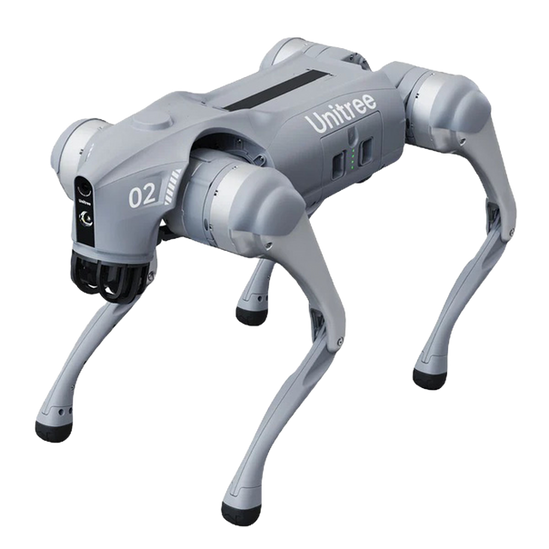Fixed-Wing Drone
A drone design featuring wings like an airplane, which is more efficient for long-range flights but requires a runway or catapult for takeoff.
Understanding terms like "Fixed-Wing Drone" is essential, as these devices provide insights into the complexities and advancements in UAV technology.
What is Fixed-Wing Drone?
A fixed-wing drone is a type of unmanned aerial vehicle that features wings similar to those of an airplane. This design allows for greater efficiency during long-range flights compared to rotorcraft drones. However, it also necessitates a runway or a catapult for takeoff, making it distinct in terms of operational requirements and capabilities. By leveraging aerodynamic principles, fixed-wing drones can sustain flight for extended periods, making them ideal for a wide range of applications.
Key Concepts
Aerodynamics: Fixed-wing drones utilize lift generated by their wings, allowing for more efficient flight over long distances compared to multi-rotor drones that rely on vertical lift.
Flight Mechanics: They require a specific takeoff and landing approach, necessitating either a runway or catapult launch, which influences their deployment in various environments.
Endurance: Equipped with fuel-efficient engines or batteries, fixed-wing drones can fly longer distances without needing significant power, making them suitable for missions requiring extensive coverage.
Applications and Relevance
Agricultural Monitoring: Fixed-wing drones are employed for crop surveys, providing farmers with critical data on field health and optimizing yield.
Surveillance and Reconnaissance: Often used in military and security contexts, they conduct long-range patrols and gather intelligence over vast areas.
Environmental Research: They facilitate large-scale data collection for ecosystem monitoring, wildlife tracking, and climate research, contributing to ecological studies.
Mapping and Surveying: Their ability to cover ground efficiently makes them invaluable for topographical mapping, construction site analysis, and resource management.
Challenges and Considerations
Takeoff and Landing Requirements: The need for runways or catapult systems can limit deployment in certain areas, especially remote or rugged locations.
Regulatory Issues: Navigating airspace regulations can pose challenges, as permissions for larger fixed-wing drones may be complicated compared to smaller UAVs.
Payload Limitations: While capable of carrying substantial payloads, the design and weight can restrict the types of equipment that can be integrated.
Operational Complexity: Piloting a fixed-wing drone often demands more training and expertise than operating simpler multi-rotor drones, which can be a barrier for some users.
Future Trends and Innovations
Hybrid Designs: Innovations combining fixed-wing characteristics with vertical takeoff and landing (VTOL) capabilities are being developed to broaden operational flexibility.
Autonomous Flight Technologies: Advances in AI and machine learning are enhancing the autonomy of fixed-wing drones, allowing for more complex mission planning and execution.
Advanced Materials: The use of lightweight and durable materials is improving the efficiency and longevity of fixed-wing drones, making them more resource-effective.
Integration with IoT: As drones become more connected, integrating fixed-wing drones into broader IoT ecosystems could enhance data collection and real-time analysis.
The significance of fixed-wing drones extends far beyond their technical specifications, embodying advancements in UAV technology that address various real-world challenges. These drones are reshaping industries by enabling efficient data collection and monitoring over vast distances, illustrating their crucial role in modern technology and innovation. As advancements continue to emerge, fixed-wing drones are set to further enhance our understanding and capabilities in numerous fields.














